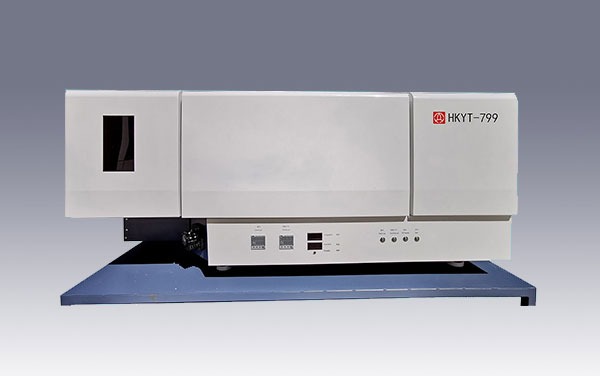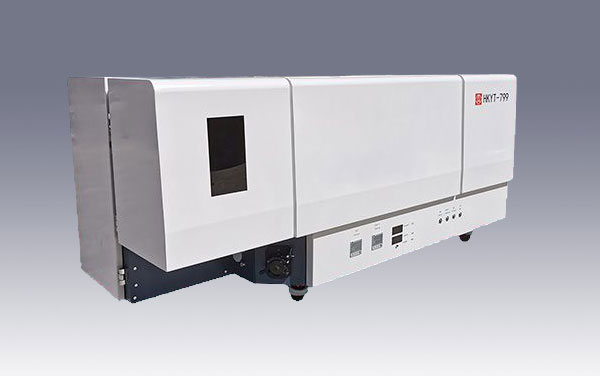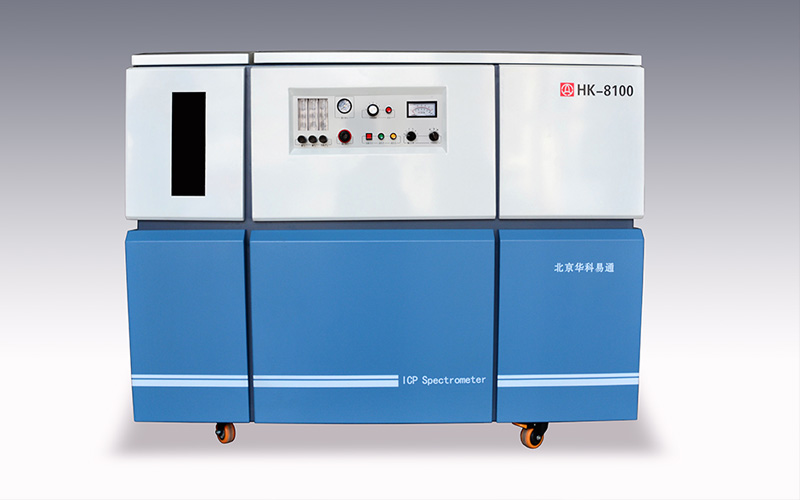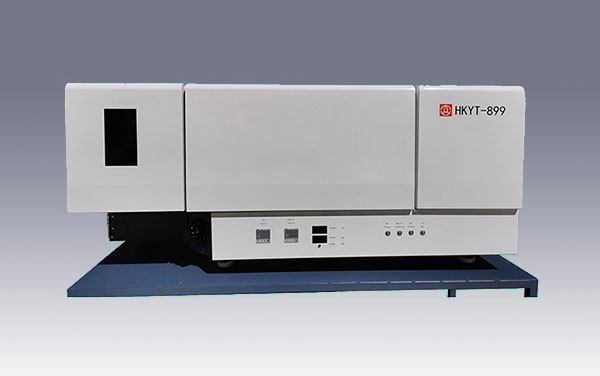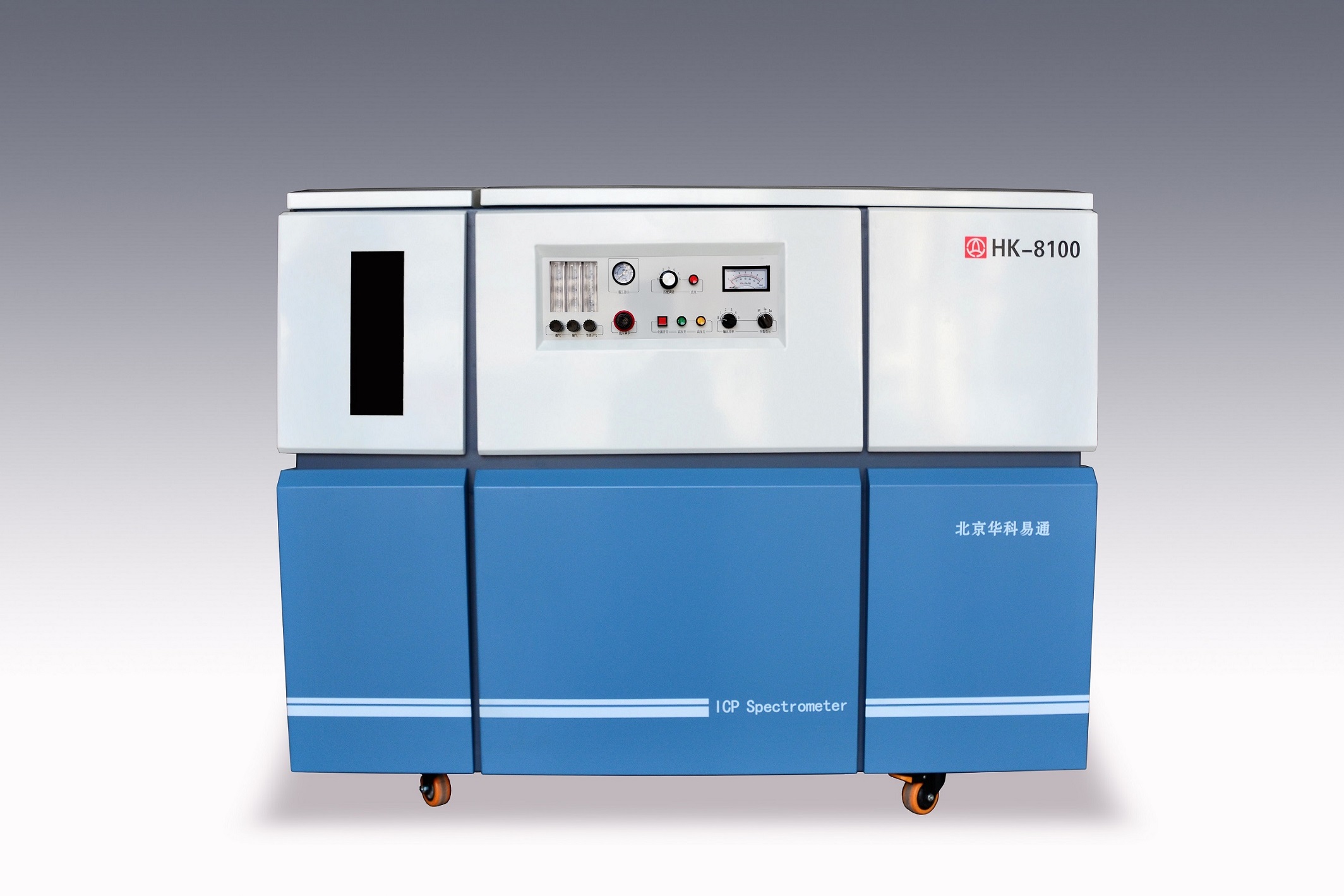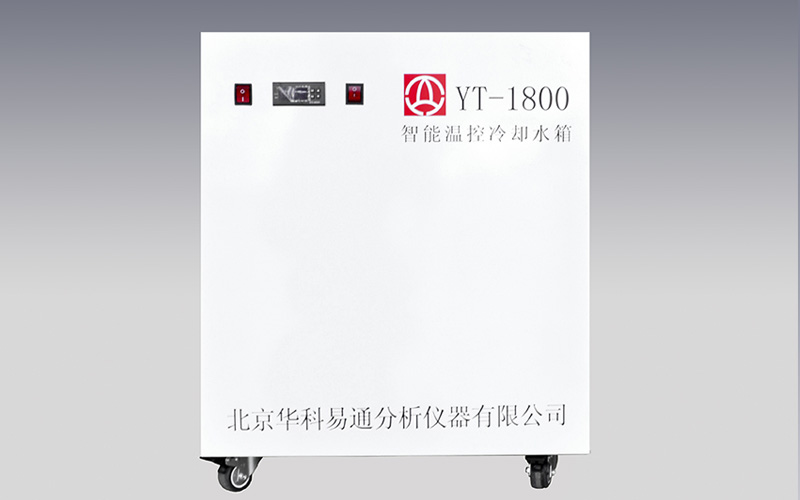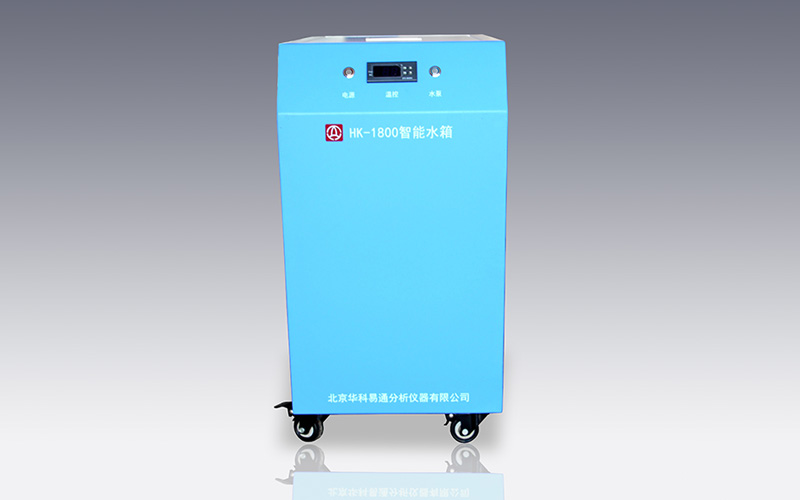HKYT-799 Inductively Coupled Plasma Emission Spectrometer is a series of spectrometers based on the traditional inductively coupled plasma emission spectrometer technology that our company absorbs international new technological achievements to research and develop fully automatic, high precision, high sensitivity and high stability. The company is backed by its sincere and collaborative development and continuous innovation team spirit that has been engaged in this scientific research and technical team for many years, and is guaranteed by its rich work experience, solid professional knowledge and perfect and enthusiastic service. It is a high-tech product integrating optical, mechanical, electrical, computer, and analysis technology. It has the characteristics of fast test speed, wide measurement range, accurate and reliable analysis results. Due to the use of computer technology, the intelligence of the instrument, the collection and processing of pictures, texts and data displayed on the screen have reached the current domestic advanced level, and it is an ideal analytical instrument for many industries.
Application range:
ICP spectrometer is widely used as a large-scale precision analysis instrument
1. Metallurgical industry: steel and its alloys: including carbon steel, cast iron, alloy steel, high purity steel, Si and SiFe alloys, ferroalloys, etc.
2. Non-ferrous metals and their alloys: including non-ferrous metals (high-purity metals) and their alloys, rare metals and their alloys, precious metals, rare earths (concentrates, roasted ore, oxides, carbonates, oxalates, chlorides, Fluoride, metal, alloy, NdFeB, local, and its alloys, compounds, etc.
3. Geological and mineral samples: geological samples, ores and minerals.
Detailed instrument composition and working principle
The ICP plasma reflection spectrometer consists of a monochromator, radio frequency generator, sample introduction system, photoelectric conversion, control system, data processing system, and analysis and operation software. The plasma is generated in a triple concentric quartz torch. Argon gas is introduced into the torch in a tangential direction. The upper part of the torch is wound with a copper load coil (with cooling water inside). When the high-frequency current generated by the high-frequency generator (operating frequency 40MHz, power is about 1KW) passes through the coil, it generates The alternating magnetic field ionizes a small amount of argon gas to generate electrons and ions. Under the action of the magnetic field, it accelerates and collides with other neutral atoms, generating more electrons and ions, forming eddy currents in the torch, and forming a plasma torch under the action of electric sparks ( That is plasma), the temperature of this plasma can reach more than 10000K. The aqueous solution to be tested enters the central channel of the quartz torch through a sprayer to form an aerosol. Atoms are ionized under the action of external energy, but the atoms in the excited state are very unstable. When they transition from a higher energy level to the ground state, they will release huge energy, which is radiated in the form of electromagnetic waves of a certain wavelength. Different elements produce different characteristic spectra. These characteristic spectra are projected onto the grating in the spectrometer through the lens. The calculation is performed by controlling the stepping motor to rotate the grating, and the transmission mechanism accurately locates the light intensity of the characteristic spectral line of the element to be measured after the spectroscopy at the exit slit. The spectral line light intensity is converted into electric current, and then after circuit processing and V/F conversion, the data is processed by the computer, and finally the analysis result is printed out by the printer.
Instrument features:
1) Using the latest electronic circuit, the power stability is better, the output power is automatically matched, and the power parameter program is set;
2) Smaller size, lighter weight (the actual size of the instrument is 1500mm long x 590mm wide x 640mm high);
3) Excellent optical system and advanced control system to ensure accurate peak position positioning and excellent signal to back ratio;
4) Very small matrix effect, high spectral line resolution, can separate Hg313.154 and 313.183nm double-line spectral lines, and can separate iron quartet;
5) Wide measurement range, ultra-micro to constant analysis, dynamic linear range of 5-6 orders of magnitude; qualitative and quantitative analysis can be realized;
6) The Rf output power range is 750-1600W, the output power stability is less than 0.1%, the detection limit is low, and the detection limit of most elements can reach ppb level;
7) The negative high voltage of the photomultiplier tube can be independently adjusted within the range of 0-1000v, and the conditions can be set separately according to the different spectral lines of different elements, which has a better detection limit compared with the full spectrum instrument;
8) Good measurement accuracy, stability relative standard deviation RSD≤1.5%, better than the national A-level standard.
9) Powerful and friendly man-machine interface analysis software, which can perform data processing, method preparation and result analysis during the measurement process. It is a true multi-tasking software; the software has powerful data processing functions and provides a variety of methods. Such as internal standard correction, IECS and QC monitoring functions, etc., the best background deduction points can be obtained to eliminate interference; the output data can be directly printed or automatically generated in Excel format result reports, free upgrades for life;
10) Use cymbal copper shrapnel and specially treated shielding glass to absorb ultraviolet rays and make the instrument radiation less than 2V/m. Use high shielding and good grounding to ensure the safety of operators.
11) Detect water pressure and air pressure at any time, and automatically protect it in time.
Machine technical indicators
(1) Fast analysis speed, scan more than 15 elements in one minute
(2) Scanning range 4320r/mm Scanning range 180-442.5nm Full band resolution <0.006nm
3600 lines/mm scanning range 180~530nm, full band resolution <0.007nm
2400 lines/mm scanning range 180~800nm, full band resolution ≤0.009nm
The method is a sine bar, driven by a computer-controlled pulse motor, and the minimum scanning step is 0.0003nm
(3) Wavelength indication error and repeatability: Wavelength indication error: ≤± 0.02nm Repeatability ≤ 0.003nm
(4) Correlation coefficient ≥0.9998%
(5) Repeatability: relative standard deviation RSD≤1.5%
(6) Stability: relative standard deviation RSD≤2.0%
(7) Measuring range: ultra-micro to constant
(8) The detection limit is low ppb (ug/L) (see Appendix 1 for the detection limit of some elements)_
(9) Many analysis elements Can perform quantitative or qualitative analysis on 70 metal elements and some non-metal elements (such as B, P, Si, Se, Te)
(10) Measurement method Sequential measurement
(11) Power 750W—1500W adjustable

 CHINSE
CHINSE
